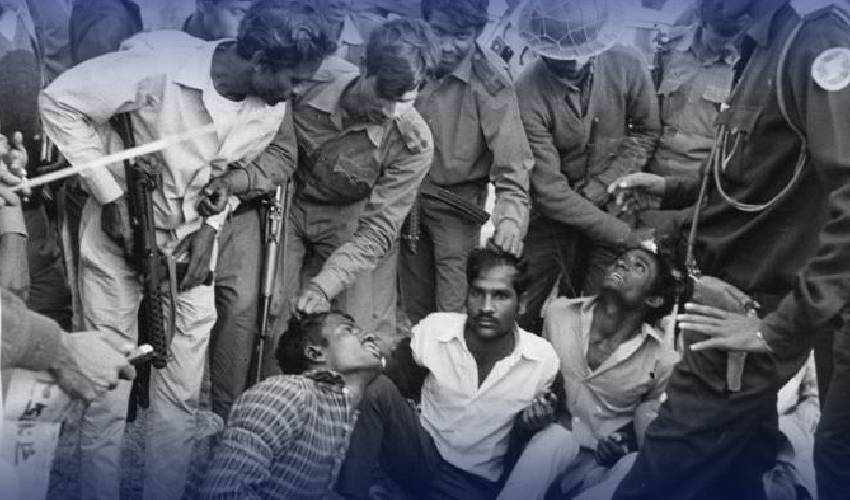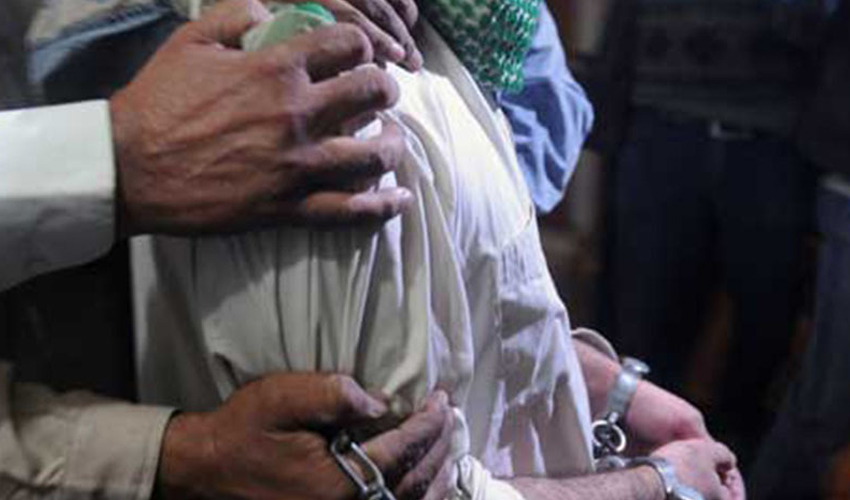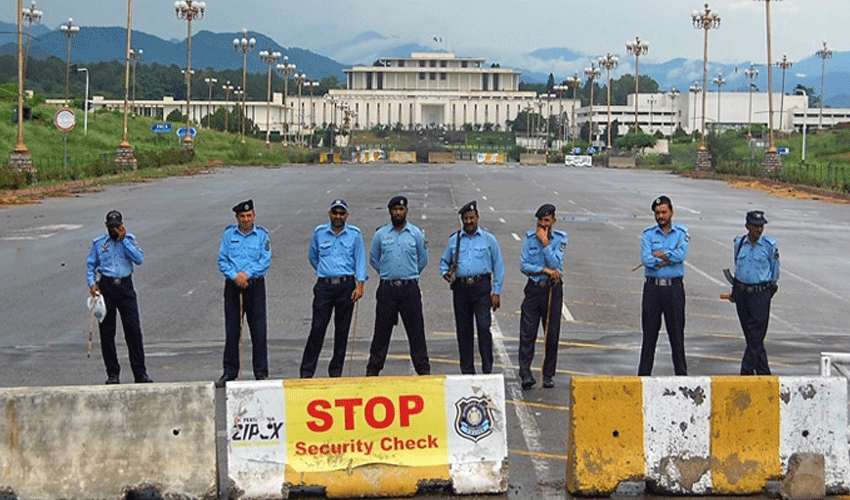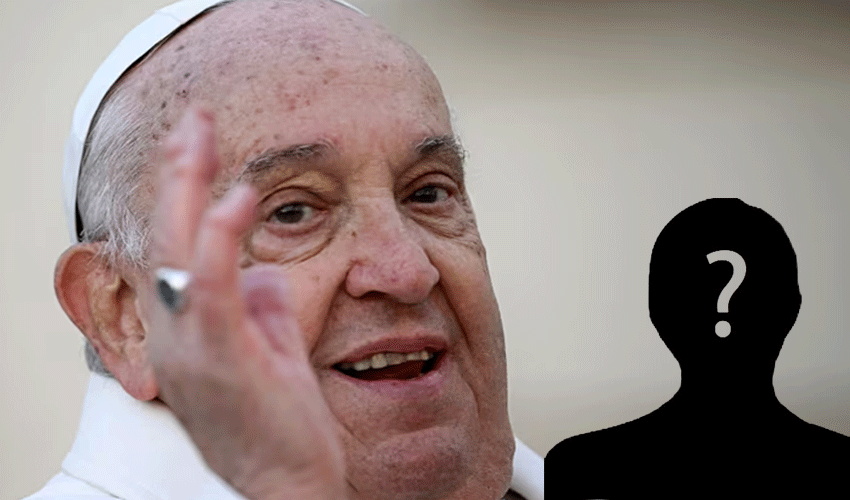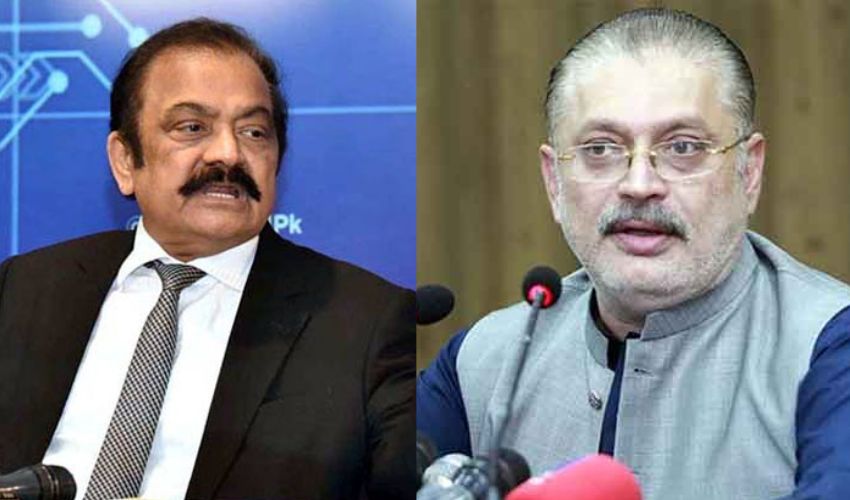Colonel (Retd) Zafar Iqbal Farrukh, a veteran of the 1971 conflict, has presented a detailed account of events that occurred during the separation of East Pakistan, offering new perspectives on historical narratives.
According to Col. Farrukh, the East Pakistan Rifles comprised 1,500 personnel distributed across border regions and district headquarters, with 95% Bengali, 4% Bihari, and 1% West Pakistani representation.
The retired officer disclosed that Mukti Bahini, a militant organization trained by India, conducted operations in East Pakistan, including a mass casualty incident at Pahartali, Chittagong, during the night between March 2 and 3.
He referenced author Sharmila Bose's work, which contradicts allegations of atrocities against Pakistan. Col. Farrukh detailed that during the ceasefire period, educated Pakistanis were systematically targeted, resulting in mass graves.
The veteran officer reported that Indian forces and Mukti Bahini were responsible for approximately 200,000 to 250,000 Bengali casualties. The Bihari community, he noted, suffered significant losses due to their unique status in official records, being neither East nor West Pakistani.
Col. Farrukh emphasized the enduring positive relationship between West Pakistanis and Bengalis, challenging numerous misconceptions about the conflict.





